Introduction
Chicken broth, or chicken stock, is a staple in many kitchens worldwide. Its rich, savory flavor enhances dishes from soups and stews to gravies and sauces. Whether homemade or store-bought, chicken broth adds depth and warmth to culinary creations. However, once prepared, the challenge arises in how to preserve it effectively to maintain its freshness and flavor for future use. This comprehensive guide will explore various methods for preserving chicken broth, offering practical advice and tips to ensure your broth stays delicious and nutritious for as long as possible.

Understanding Chicken Broth Preservation
Before diving into preservation techniques, it’s crucial to understand the basics of food preservation. Preservation aims to extend the shelf life of food by inhibiting the growth of microorganisms that cause spoilage. Chicken broth, being a liquid rich in nutrients, is particularly susceptible to bacterial growth if not handled and stored properly.
Key factors influencing the preservation of chicken broth include:
- Temperature Control: Bacteria thrive in warm environments. Keeping chicken broth at low temperatures slows down bacterial growth.
- Proper Storage Containers: Using airtight, clean containers can prevent contamination and reduce oxygen exposure, which also slows spoilage.
- Hygiene: Cleanliness during preparation and storage is vital to prevent cross-contamination.
- Use of Preservatives: While homemade broth generally avoids artificial preservatives, natural methods can be employed to extend shelf life.
Immediate Use and Refrigeration
For short-term storage, refrigerating chicken broth is the simplest and most common method. Here’s how to do it effectively:
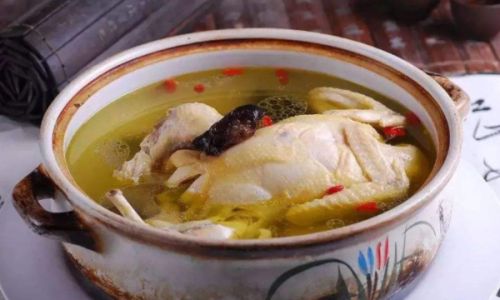
- Cooling Down: After cooking, allow the broth to cool slightly before transferring it to storage containers. Pouring hot broth into cold containers can crack them.
- Portioning: Consider portioning the broth into smaller containers. This not only makes it easier to use but also reduces the risk of contamination when opening and closing larger containers repeatedly.
- Sealing: Use airtight containers with lids to seal the broth tightly. This prevents oxygen and contaminants from entering.
- Labeling: Always label the containers with the date and contents. Chicken broth typically lasts 3-4 days in the refrigerator.
- Storage Location: Place the containers on a shelf in the coldest part of your refrigerator, usually the bottom. Avoid the door, where temperature fluctuations occur due to frequent opening and closing.
Freezing Chicken Broth
For longer-term preservation, freezing chicken broth is an excellent option. Freezing extends the shelf life to several months, making it ideal for batch cooking or storing leftovers.
-
Preparation for Freezing:
- Cooling: As with refrigeration, allow the broth to cool to room temperature before freezing. Hot broth can cause ice crystals to form rapidly, potentially damaging the container.
- Filtering: Remove any large pieces of meat, vegetables, or bones before freezing. These can alter the texture of the broth when thawed.
-
Containers for Freezing:

- Rigid Containers: Freezer-safe glass jars or plastic containers with tight-fitting lids work well. Avoid using thin plastic containers, which may crack under the expansion of freezing broth.
- Freezer Bags: Heavy-duty freezer bags are another option. Be sure to squeeze out as much air as possible before sealing to minimize freezer burn.
- Ice Cube Trays: For small portions, use ice cube trays. Once frozen, transfer the cubes to a freezer bag. This method is perfect for adding small amounts of broth to recipes.
-
Freezing Techniques:
- Leave Headspace: When using rigid containers, leave some headspace at the top to allow for expansion during freezing.
- Flat Lay: For freezer bags, lay them flat on a baking sheet before freezing. This ensures the broth freezes in a flat, stackable shape, saving space in the freezer.
- Labeling: Clearly label each container or bag with the date and contents. Chicken broth can be stored in the freezer for up to 6 months.
-
Thawing and Reheating:
- Thawing: Thaw frozen broth in the refrigerator overnight. For quicker thawing, place the container in a bowl of cold water, changing the water periodically. Never thaw broth on the counter or in hot water, as this can promote bacterial growth.
- Reheating: Once thawed, reheat the broth gently over low heat, stirring occasionally to prevent scorching. Avoid boiling, which can alter the flavor and texture.
Canning Chicken Broth
Canning is a preservation method that involves processing food in sealed containers to create an environment that prevents microbial growth. While it requires specific equipment and knowledge, canning can extend the shelf life of chicken broth to 1-2 years.

-
Canning Equipment:
- Pressure Canner: Chicken broth, being a low-acid food, must be processed in a pressure canner to achieve a safe temperature for sterilization.
- Canning Jars: Use new, clean, and inspected jars specifically designed for canning. Avoid reusing jars from commercial products, as they may not be suitable for high-temperature processing.
- Canning Tools: This includes jar lifters, funnels, lids, and rings.
-
Canning Process:
- Sterilization: Wash jars, lids, and rings thoroughly in hot, soapy water and rinse well. Boil jars and lids in water for at least 10 minutes to sterilize them.
- Filling: Ladle hot broth into jars, leaving the recommended headspace (usually 1 inch). Wipe the jar rim clean to ensure a good seal.
- Sealing: Place lids and rings on the jars and tighten just until fingertip-tight.
- Processing: Place jars in the pressure canner, ensuring they are not touching each other or the sides of the canner. Follow the manufacturer’s instructions for processing times based on your altitude and jar size. For most areas, processing at 10 psi (pounds per square inch) for 75-90 minutes is typical for pint and quart jars.
- Cooling: After processing, allow the pressure to return to zero naturally before opening the canner. Remove jars and let them cool completely on a towel or rack. Do not disturb them until they have fully cooled, as this can affect the seal.
- Checking Seals: Once cool, press the center of each lid with your fingertip. If it does not move, the jar is sealed. If it pops up, the jar did not seal properly and should be refrigerated and used immediately.
-
Storage: Store canned chicken broth in a cool, dark place. Properly canned broth can be stored for 1-2 years.

Natural Preservatives
While not as effective as refrigeration, freezing, or canning, certain natural preservatives can help extend the shelf life of chicken broth slightly. These include:
- Vinegar: Adding a small amount of vinegar (about 1 tablespoon per quart) can create an acidic environment that inhibits bacterial growth. However, this will alter the flavor slightly.
- Salt: High salt content can act as a preservative. Be cautious with this method, as excessive salt can make the broth unsuitable for certain recipes.
- Herbs and Spices: While they don’t act as preservatives in the traditional sense, certain herbs and spices like rosemary, thyme, and garlic have natural antibacterial properties that may help slow spoilage slightly.
Conclusion
Preserving chicken broth effectively is crucial for maximizing its use and ensuring its quality. Whether you choose refrigeration, freezing, canning, or employing natural preservatives, understanding the proper techniques and following best practices will help you keep your broth fresh, flavorful, and ready for your next culinary adventure. Remember, safety always comes first, so always follow food safety guidelines to prevent foodborne illness. With the right knowledge and tools, you can enjoy homemade chicken broth for months, even years, after preparing it.
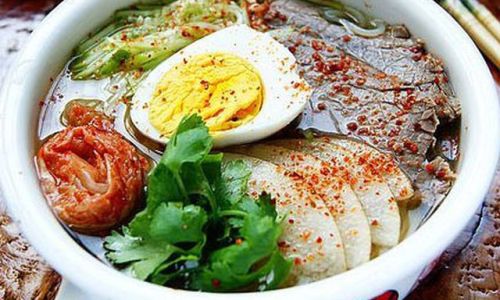
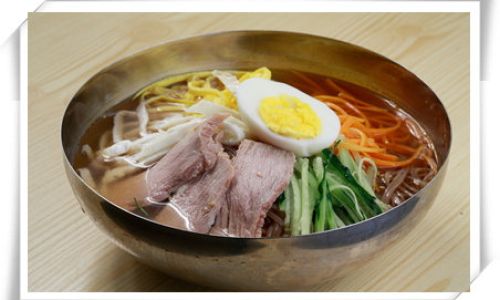
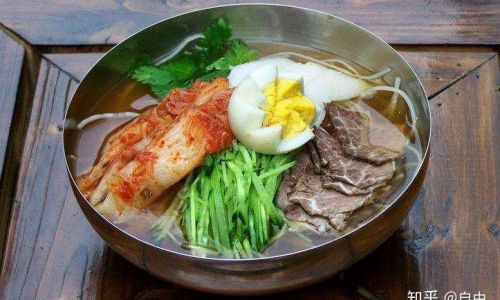
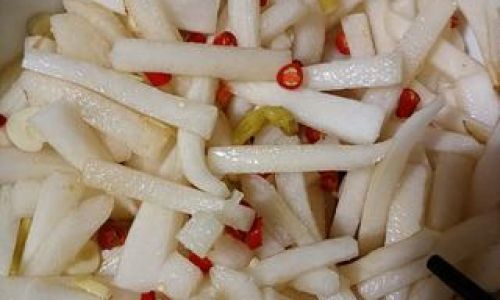
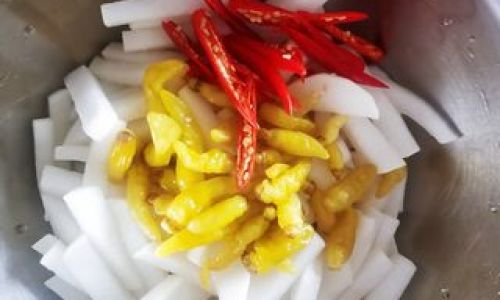
0 comments